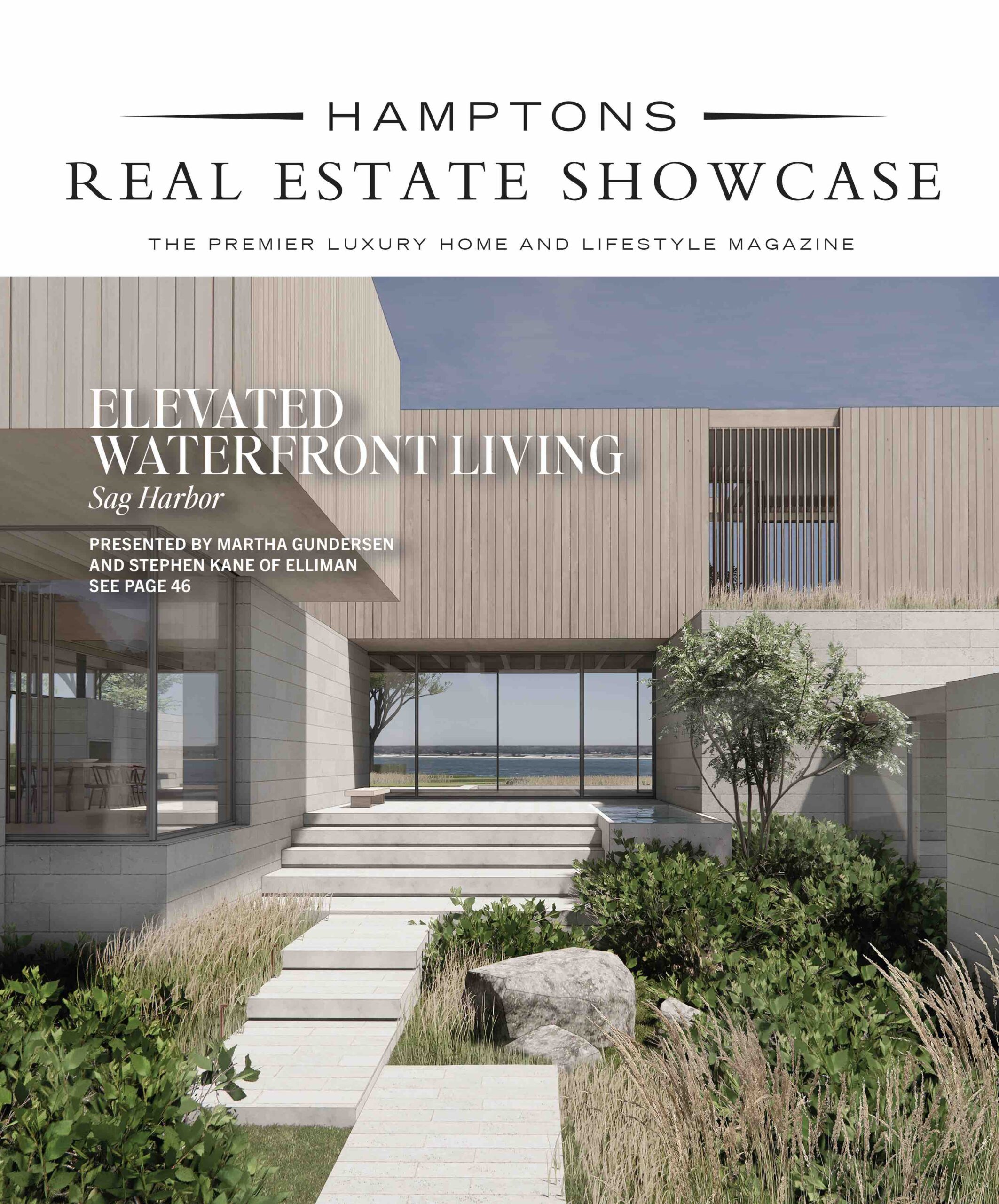This winter was a cold one, but your beach house doesn’t have to be. Hamptons designers continue to steer their clients away from the “sterile” beach house toward a new vibe: warmth. “There’s an abundance of white paint applied on walls and paneling throughout homes in the Hamptons,” said Elena Frampton, founder of Frampton Co, a studio based in Bridgehampton and New York City. The “white-out effect,” as she puts it, gets especially chilly when sprawled across large square footages and double-height ceilings.
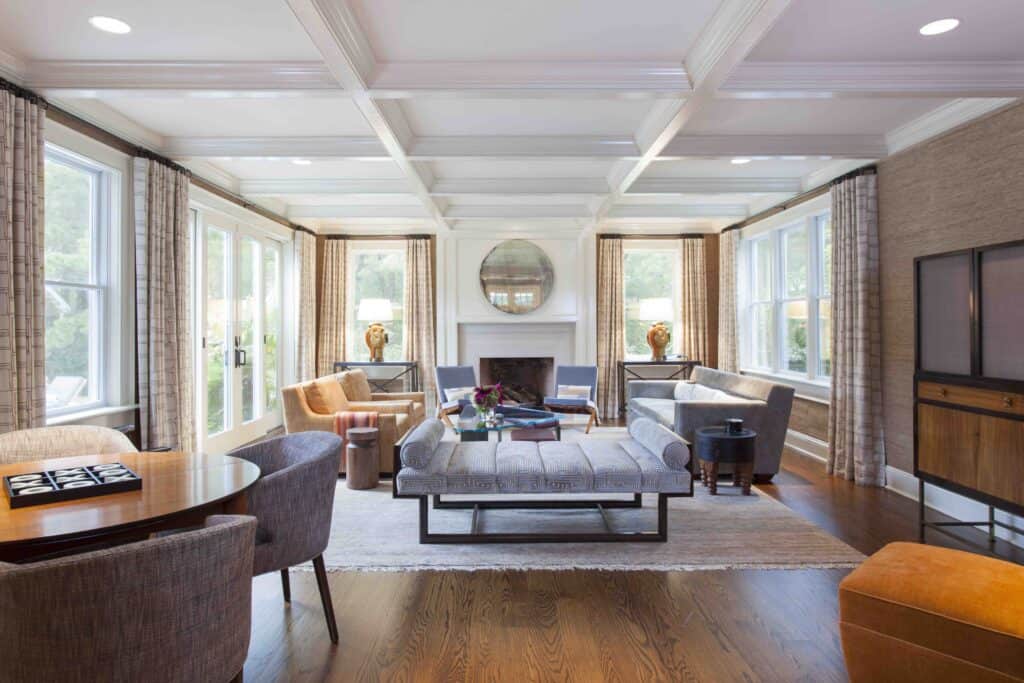
A drift away from white-washed decor started a few years ago but it’s still fairly ubiquitous, particularly in kitchens, added East Hampton-based designer Debra Geller. “Designers who don’t evolve and reinvent and come up with innovative and creative ideas get stuck in this white sterile beach house,” she said. In reality: “White is not very liveable with the amount of entertaining people do out here, and kids and dogs.”
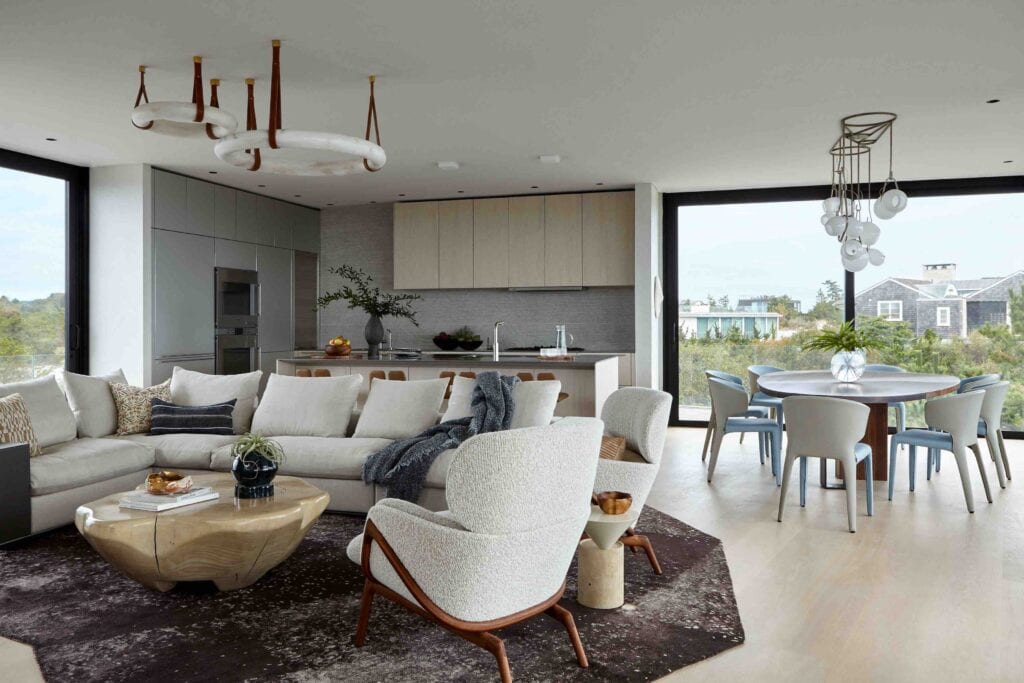
So if one were to thaw the interior of their abode, what exactly does that mean? “Warmth in the context of home is often achieved through sensorial experiences, color palette, lighting and tactility,” Frampton said. “Interior spaces can welcome us with the feeling of embrace.”
Below, our experts share tips to make things cozier.
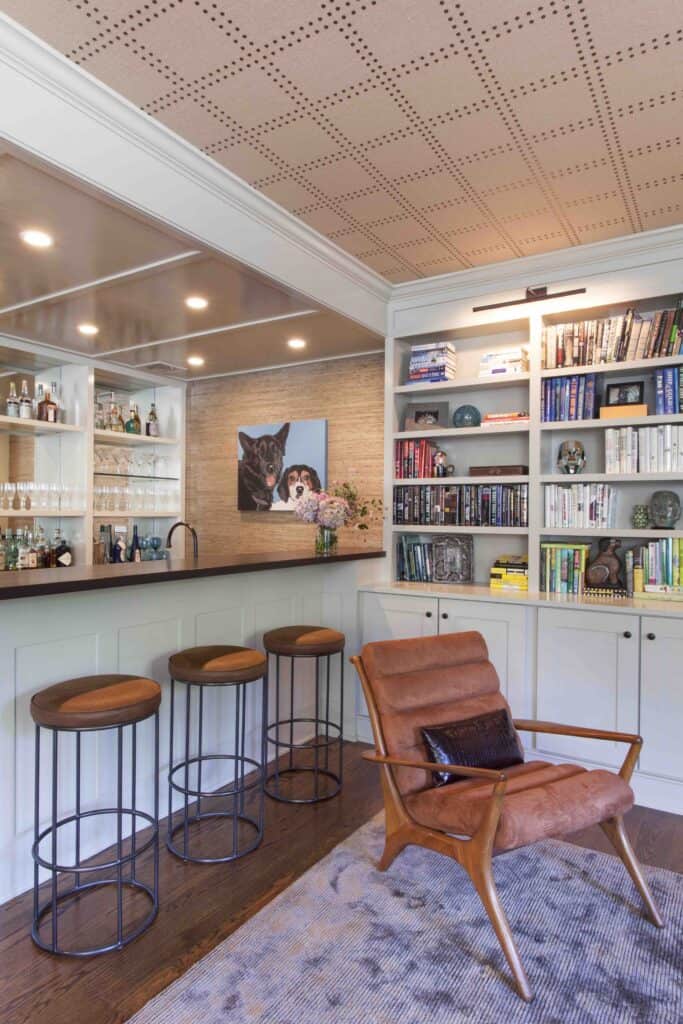
Colors
“I’m not sure who deemed a range of ‘greige’ to be the quintessential beach house palette, but I’m always aiming to bring in some color,” said Drew McGukin, a New York City designer who lives and works in the Hamptons. The surrounding environment offers plenty of inspiration, he added.
McGukin likes the pink and orange tones in seashells, the greens found in moss and blues like the waves under a night sky. This year’s Pantone color is “peach fuzz,” which he describes as floral and fresh, fits well too. “Warmer colors are Hamptons chic,” he said.
Interiors are enhanced by a varied palette of light and dark shades, Frampton agreed. “Golden tones are an especially warm counterpoint,” she said. For example, in a recent Bridgehampton dining room, Frampton used a large artwork to add yellow to the space. In an Amagansett beach house, she layered peach and rust color accents in pillows and rugs.
Framing children’s art is a charming way to add some color, added Geller. She loves black “because it’s very grounding,” but that doesn’t mean pale neutrals are banned from the scene. “You can still use creams and beiges and more grounded organic tones,” Geller assured.

Textures
In your furnishings, “you need equal parts velvet, linen and leather, plus some brown woods and metal mixed with your bleached woods,” McGukin said.
To achieve this effect, Geller recommends incorporating collected, antique and found pieces. “Even if you’re doing a monochromatic look you can do it with textures and layers,” she said.
In a beige room, for example, add a chenille sofa, pillows with a chunky sweater material and textured wallpaper. Pairing unusually shaped accessories with stacks of books is another technique. “This way you’re bringing something in visually everywhere,” Geller said.
Don’t forget your rugs, Frampton added, but try them in unexpected spots, like hallways and transitional spaces. Wood-lined walls are a classic method but ceilings can have paneling too. “This is especially effective in warming a space if you are set on classic white painted walls,” she said.
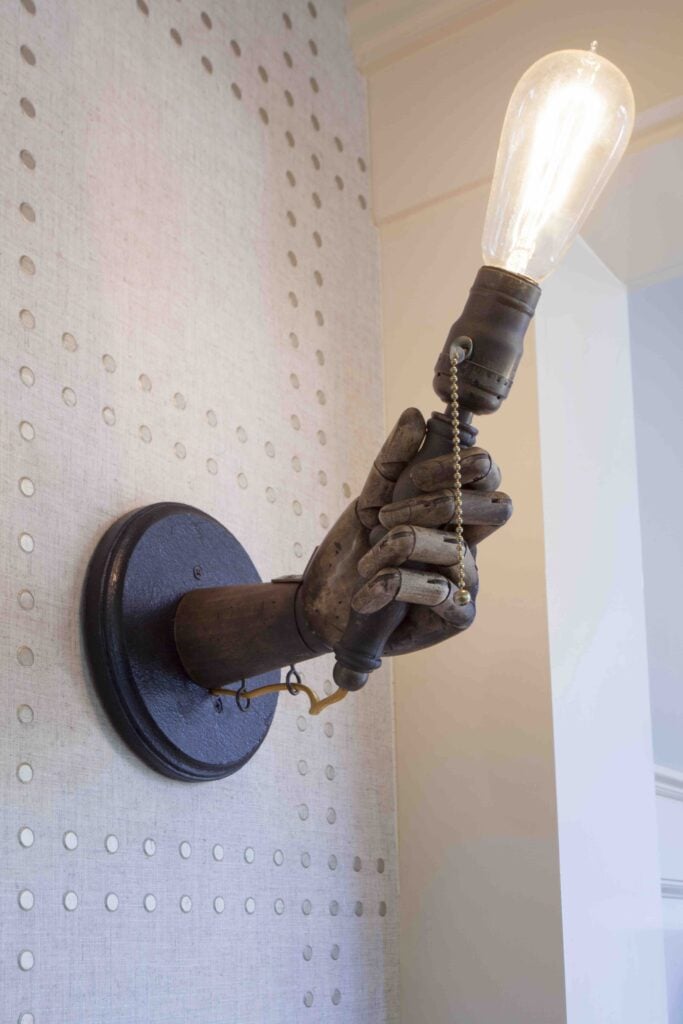
Lighting
Lighting is key to the ambiance in a home, Frampton said: “Install an array of light fixture types for spatial interest.” Decorative wall-mounted sconces add interest at the eye level while lamp shades and chandeliers made with parchment, string, or fabric add softness.
And don’t forget your mirrors to bounce the beams around, McGukin said. They’re key to depth, soul and personality. “Mirrors,” he said. “More mirrors. Always.”













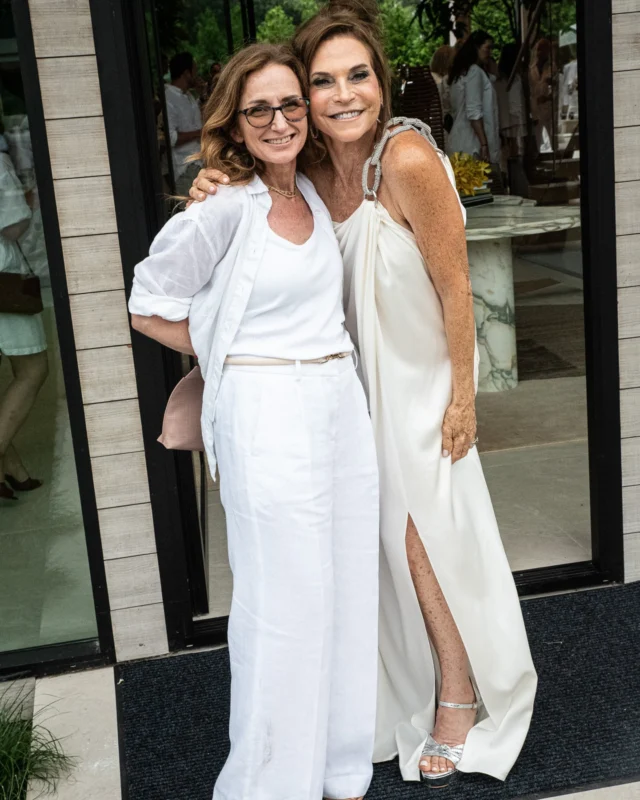


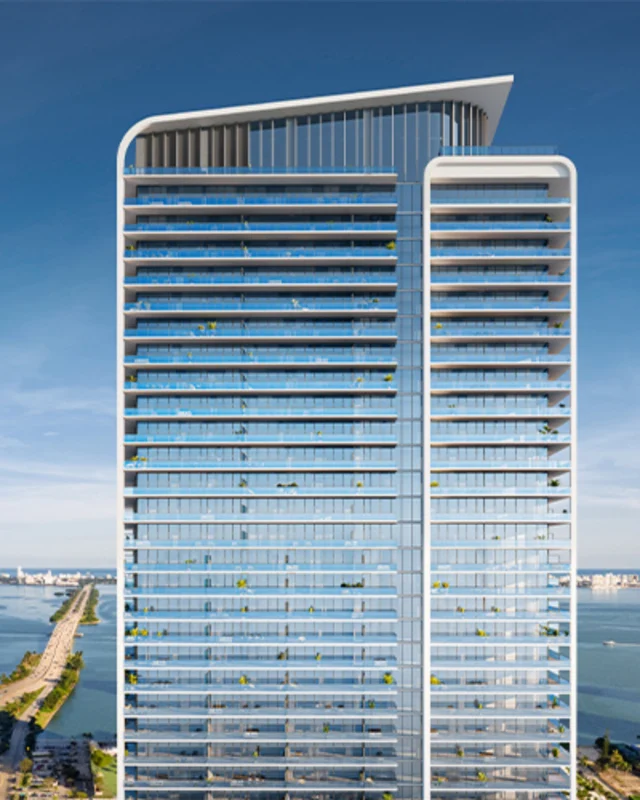
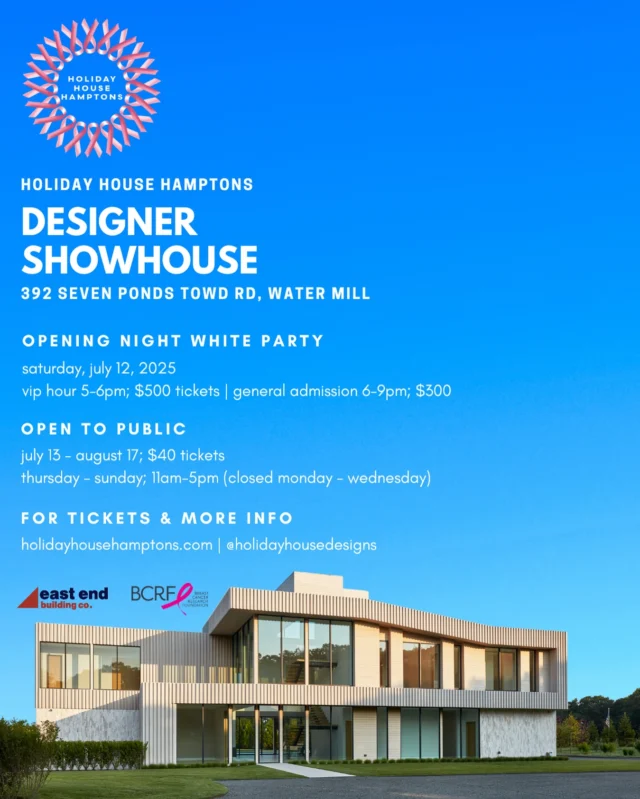
![Experience luxury, privacy, and resort-style living at this exceptional Shelter Island compound 🌳 139 N Ferry Road is a hidden gem featuring a custom-built main house, a gunite pool, radiant heat throughout, and a 1 bedroom guest apartment, all tucked away on 1.1± secluded acres.
Saturday, July 12th | 10am-12pm
Contact @annmarieseddio of @atlassalesrealty for more details. We hope to see you there! [link in bio]](https://hamptonsrealestateshowcase.com/wp-content/uploads/sb-instagram-feed-images/517355052_18521041705030135_8404531768775791793_nfull.webp)


